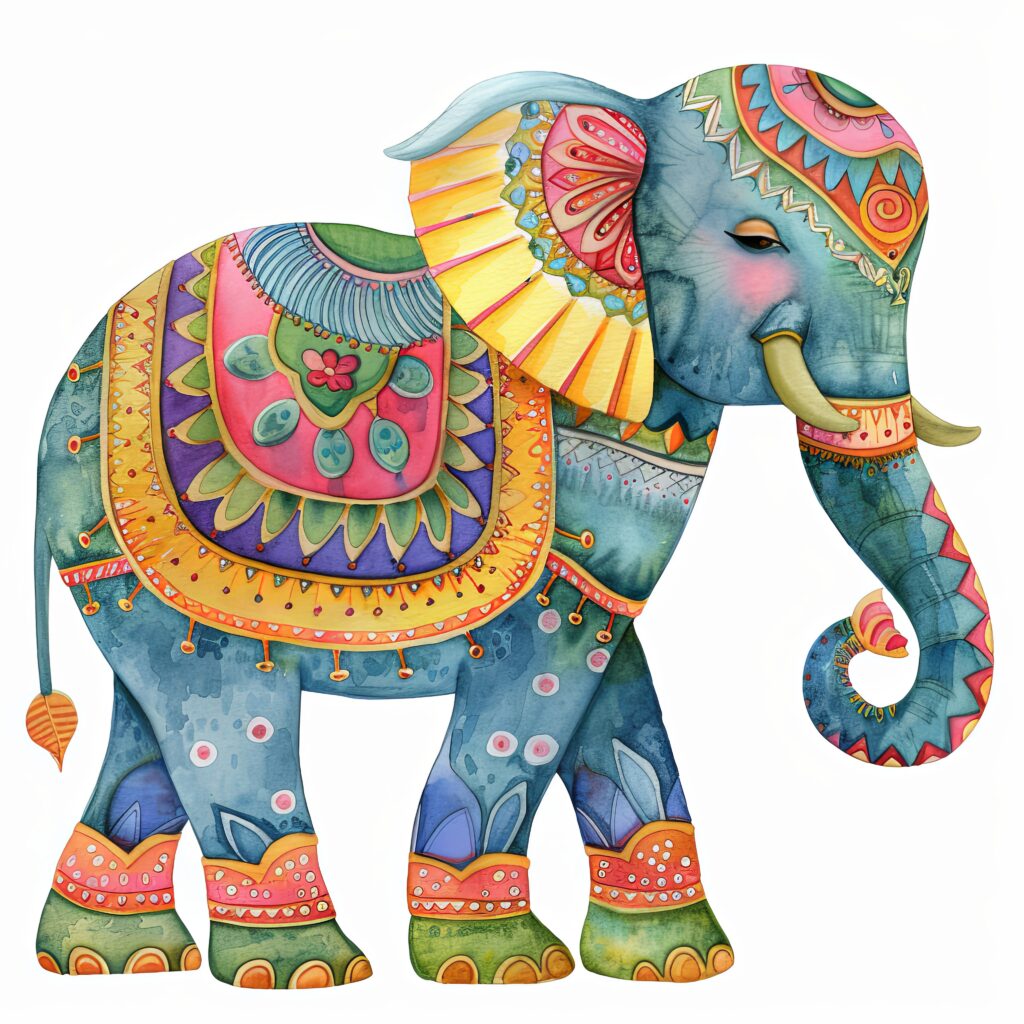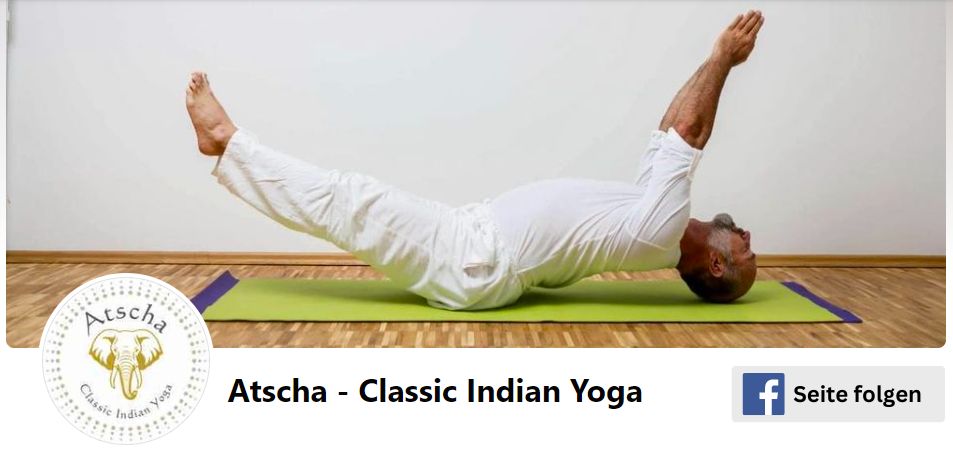The art of self-regulation: yoga techniques for sensory overload
As a highly sensitive person, you know the feeling of sensory overload only too well. The constant overstimulation can lead to stress, exhaustion and overwhelming feelings. But there is hope: yoga for sensory overload offers a powerful method of self-regulation and helps you to regain your inner balance.
The challenge of sensory overload
Our modern world is full of stimuli. Highly sensitive people perceive these more intensely, which can lead to an overload of the nervous system. Noises, lights, crowds – it can all quickly become overwhelming. This is where the art of self-regulation comes into play.
Yoga as a tool for self-regulation
Yoga for sensory overload offers techniques specifically aimed at calming the nervous system and clearing the mind. Through regular practice, you can learn to control your reactions to external stimuli and find a deeper inner peace.
Breathing exercises (pranayama)
Conscious breathing is a central element of yoga. Alternate breathing (Nadi Shodhana) is a simple and effective breathing technique:
- Sit down comfortably and close your eyes.
- Inhale and exhale deeply through your nostrils.
- Close your right nostril with your right thumb and inhale through your left nostril.
- Now also close your left nostril with your ring finger and hold your breath for about 10 seconds
- Now open your left nostril and exhale through your right nostril.
- Repeat this several times.
This exercise balances the nervous system and promotes a clear, calm mind.
Gentle asanas
Certain yoga poses are particularly helpful for highly sensitive people to reduce stress and find peace:
- Child’s pose (Balasana): This asana calms the mind and gently stretches the back.
- Forward bend (Uttanasana): This pose promotes blood flow to the brain and helps to reduce tension.
- Legs-on-the-wall pose (Viparita Karani): This inversion pose calms the nervous system and relieves fatigue.
Mindfulness meditation
Meditation is another powerful tool for self-regulation. A simple mindfulness exercise is:
- Sit down comfortably and close your eyes.
- Concentrate on your breath and observe how it flows in and out.
- When thoughts arise, let them pass and gently return to your breath.
Through regular meditation, you can learn to observe your thoughts without getting overwhelmd by them.
Yoga Nidra
Yoga nidra, also known as “yogic sleep”, is a deep relaxation technique that can be particularly helpful for highly sensitive people. During the Yoga Nidra session, you lie comfortably on your back and are guided through a meditation that promotes deep relaxation and healing.
Yoga for sensory overload offers highly sensitive people valuable techniques for self-regulation and helps them to master the challenges of sensory overload. Through conscious breathing, gentle asanas, mindfulness meditation and yoga nidra, you can learn to regain your inner balance and lead a calmer, more fulfilling life.
Sincerely,
Anne Heintze
PS: Read also
this article

Share or memorize
Anne Heintze
Follow us on Facebook


